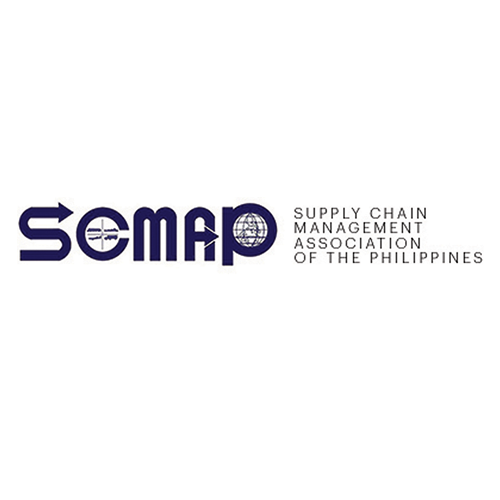The last couple of weeks has seen a good amount of political back-and-forth – about amending the constitution, about who is the true opposition, about seceding from the Philippines… but I am not going to comment on any of these, as it isn’t my place to do so, at least not in this column.
But all this does bring to mind the ongoing conversation, particularly among civil servants and the private sector, on how we can better attract investment in the country, particularly foreign investment. After all, current proposals for charter change hinge on supposedly amending only our economic provisions to further liberalize our economy and welcome outside players to our arena, so to speak. This is ostensibly to bring further prosperity to our country, growing our economy and delivering more jobs.
Of course, the situation is more complex than that. In a way, it’s a bit of a chicken and egg situation. What enables what? If that’s the metric we’re going for, many things are enabling economic growth in the present.
For one, there are many laws in place that have loosened restrictions on foreign ownership in a bid to attract external players to our shores. One of the most obvious examples, perhaps, is the recently amended Retail Trade Liberalization Act, which has been instrumental to the entry of foreign brands such as Ikea, Uniqlo and H&M to the Philippines.
For us in the supply chain sector, amendments to the Public Service Act mean sectors such as transportation and communication can now be up to 100% foreign-owned, thanks to them being reclassified as “public services” instead of “public utilities”. We have since seen several global players enter Philippine logistics in various ways: companies like DP World and Toll expanded their footprint in the country; private equity firm CVC invested in Fast Logistics; and Kerry and DHL entered joint ventures with local firms.
Recent years have also seen the government open up to the booming regional start-up scene, which has seen technology-native players enter the country and offer their services to established players both in logistics and retail. Efforts towards ease of doing business, further enabled by e-governance initiatives, continue to move along, although the pace can always be faster.
But ownership restrictions are just one of many hurdles. Others are continually being addressed. The Philippines continues to play catch-up in physical infrastructure, with investment finally materializing in rail, air and sea as opposed to just our road networks. The availability of cost-effective and reliable infrastructure remains an important concern for businesses both already here and yet to enter, especially as it will impact their ability to fulfill demand at an optimal cost. We are also making some strides in digital infrastructure, which should help as businesses and consumers across the country further embrace the opportunities offered by the digital economy.
The availability of talent also remains an issue. We may be able to boast of a lower cost of labor – but is it the right type of labor? The supply chain sector continues to face talent gaps, especially on the warehouse floor, especially during peak seasons. While this can be partially addressed by increased collaboration among stakeholders to optimize operations during periods of high demand, the more sustainable way is to further develop competencies and skills. It doesn’t just benefit companies, but it also provides Filipinos more opportunities here and abroad.
Finally, other factors dictating the cost of operations remain to be an issue. I recall a conversation with a colleague in government about attracting investment in the cold chain sector. I always answer that it’s not that easy, because the initial costs of setting up shop here – building a warehouse, acquiring the right equipment and vehicles – is high. The cost of doing business here, particularly the cost of energy, also remains high. I think the cost of power is one of our biggest hurdles. Perhaps we should double down on renewable and sustainable options so we are less vulnerable to global shocks?
The thing is, these efforts naturally take a long time to bear fruit. They have, partially – take our improved ranking in the most recent Logistics Performance Index – but they take a long time nonetheless, while at the same time, our neighbors are not staying still. We may be improving in our metrics, but our “competitors” are, too. Thus, Vietnam, for example, remains a more attractive place to invest over the Philippines. One hopes our leaders can continue focusing on the hard, tedious, thankless work of bringing about meaningful change. Not everything is a silver bullet. Certainly not political instability.
2024 Supply Chain Outlook: Join us on 22 February for our first event of the year, looking at the issues that will impact our sector in the year ahead, happening at the Westin Manila in Mandaluyong City. We will once again be joined by DTI undersecretary Mary Jean Pacheco as well as an economic outlook from Ronilo Balbieran. Register now at scmap.org.
Henrik Batallones is the marketing and communications director of SCMAP, and editor-in-chief of its official publication, Supply Chain Philippines. More information about SCMAP is available at scmap.org.
PREVIOUS COLUMN: We Should Be Ready





